Začátečnické lyže jsou obecně označovány jako "entry-level" nebo "learner" lyže. Jsou navrženy speciálně pro ty, kteří jsou v tomto sportu noví a nemusí mít mnoho zkušeností na svazích. Mají tendenci být kratší a měkčí než jiné lyže, což je činí snazšími na manévrování a ovládání. Pojďme se na ně podívat.
Nicméně jakékoliv lyže mohou být lyžemi pro začátečníky, pokud je vyberete s ohledem na své potřeby. Začátečnické lyže by měly být lehké, umožňovat snadné zatáčení a neměly by být příliš dlouhé, aby umožnily volný pohyb. Také by měly poskytnout trochu více rovnováhy.
Jaké jsou nejlepší typy lyží pro začátečníky?
Nejlepší typy lyží pro začátečníky jsou ty, které jsou navrženy tak, aby byly odpouštějící a snadno použitelné. To zahrnuje lyže pro začátečníky, které mají obvykle měkčí flex a pozvolnější sidecut. Navíc by začínající lyžaři měli hledat lyže kratší délky, protože to může usnadnit jejich ovládání a zatáčení.
Krátčí = lepší
Skiboards (někdy také nazývané skiblades a snowblades) jsou lyže, které splňují všechny výše uvedené požadavky. Jsou kratší než běžné lyže, a proto se snadno ovládají a zatáčí. Nejsou však tak krátké jako skiskates nebo mini lyže, takže stále poskytují značnou podporu.
Další oblíbenou volbou pro začátečníky jsou all-mountain lyže, které jsou navrženy tak, aby dobře fungovaly v různých podmínkách. Tyto lyže jsou univerzální a mohou být dobrou volbou pro ty, kteří chtějí objevovat různé části hory.
Jak vybrat lyže pro začátečníka?
1. Délka lyže
Délka lyže je jedním z nejdůležitějších faktorů při výběru lyží. Jako začátečník byste měli zvolit lyže kratší než tradiční lyže. Kratší lyže se snáze ovládají, zatáčí a zastavují. Také vyžadují méně úsilí při manévrování, což je ideální pro začátečníky.
2. Šířka lyže
Šířka lyže je dalším důležitým faktorem. Širší lyže jsou stabilnější a snáze se na nich udržuje rovnováha, což je ideální pro začátečníky. Nicméně širší lyže mohou být obtížnější na zatáčení a manévrování v úzkých prostorách. Jako začátečník je nejlepší zvolit lyže s mírnou šířkou, ani příliš širokou, ani příliš úzkou.
3. Flexe lyže
Flexe lyže označuje její schopnost ohýbat se a vracet do původního tvaru. Tvrdší lyže poskytují větší stabilitu a podporu při vysokých rychlostech, ale mohou být pro začátečníky obtížně ovladatelné. Měkčí lyže jsou odpouštějící a snadněji ovladatelné, což je ideální pro začátečníky. Jako začátečník byste měli zvolit lyže s měkčí flexí.
4. Tvar lyže
Tvar lyže určuje, jak se bude chovat na sněhu. Lyže se širší špičkou a patou jsou stabilnější a snáze se s nimi zatáčí, zatímco lyže s užší špičkou a patou jsou citlivější a obratnější. Jako začátečník je nejlepší zvolit lyže s mírným tvarem, ani příliš širokým, ani příliš úzkým.
5. Klenutí lyže
Klenutí lyže označuje tvar lyže, když není používána. Klenuté lyže jsou vyklenuté uprostřed, což poskytuje lepší kontrolu hran a stabilitu. Rockerové lyže jsou uprostřed ploché a zakřivené na špičce a patě, což zajišťuje lepší plavnost a obratnost v měkkém sněhu. Jako začátečník je nejlepší zvolit lyže s mírným klenutím.
6. Lyžařská vázání
Vázání jsou důležitou součástí lyžařského vybavení, protože spojují vaše lyžařské boty s lyžemi. Jako začátečník byste měli zvolit vázání, která se snadno nastavují a uvolňují v případě pádu. Hledejte vázání s širokým rozsahem nastavení, abyste mohli přesně přizpůsobit upevnění svým botám.
Vybavte se a užijte si zábavu na svazích
7. Lyžařské boty
Lyžařské boty jsou také důležitou součástí lyžařského vybavení, protože poskytují podporu a kontrolu potřebnou k lyžování. Jako začátečník byste měli zvolit boty, které jsou pohodlné a poskytují dobrou podporu. Hledejte boty s měkkým flexem, které se snáze ovládají a manévrují.
Co je promiňavá lyže?
Promiňavá lyže je taková, která je navržena tak, aby byla více odpouštějící a méně trestající chyby začínajícího lyžaře. Má měkčí flex, což usnadňuje otáčení a ovládání. Navíc promiňavá lyže obvykle má širší střed a pozvolnější sidecut, což umožňuje lyžaři snazší zahájení zatáček a lepší udržení rovnováhy.
Co je nejjednodušší lyžařská trať?
Nejjednodušší lyžařská trať se obvykle označuje jako "zelená" trať. Tyto tratě jsou navrženy pro začátečníky a jsou obecně široké a mírné, s velmi pozvolným svahem. Jsou ideální pro ty, kteří právě začínají a chtějí si sport vyzkoušet bez pocitu přetížení nebo zastrašení.

Jsou krátké lyže opravdu snazší na použití?
Krátké lyže, také známé jako skiboards, se snadněji používají. Protože jsou kratší než tradiční lyže, jsou snazší na otáčení a ovládání, což je činí oblíbenou volbou pro začátečníky. Navíc skiboards mohou být dobrou volbou pro ty, kteří se více zajímají o freestyle lyžování, protože se snáze manévrují v parku.
Nakonec nejlepší typ lyží pro začátečníka závisí na jeho individuálních potřebách a preferencích. Nicméně neuděláte chybu, když se spolehnete na skiboards nebo skiblades, protože tyto krátké lyže jsou ideální pro začátečníky nebo kohokoli, kdo má pocit, že dlouhé lyže nejsou to pravé.
Vyzkoušejte něco nového

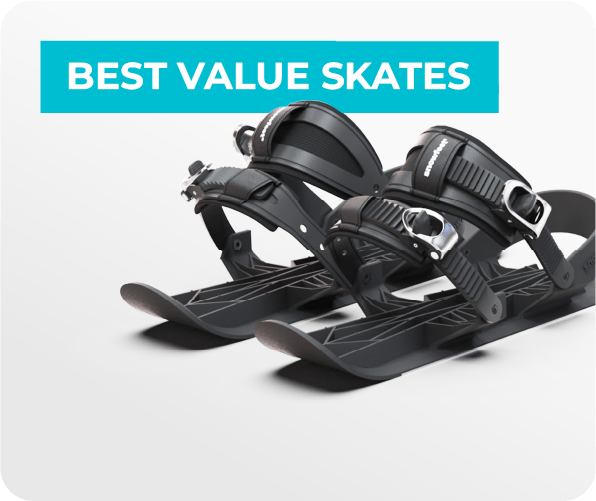
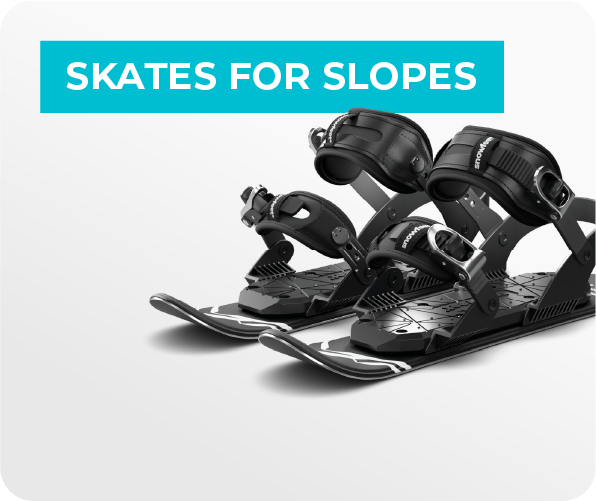
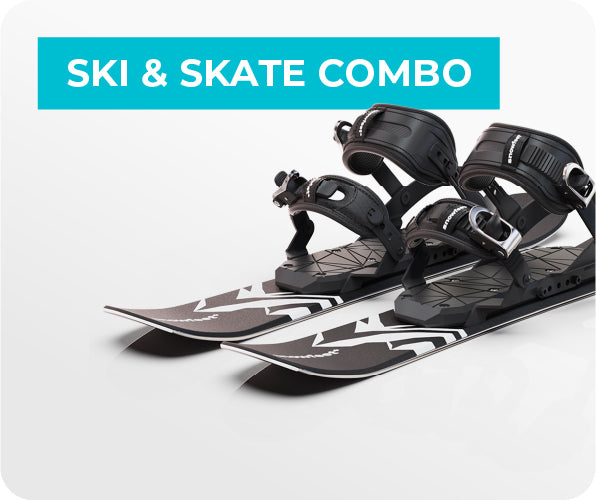
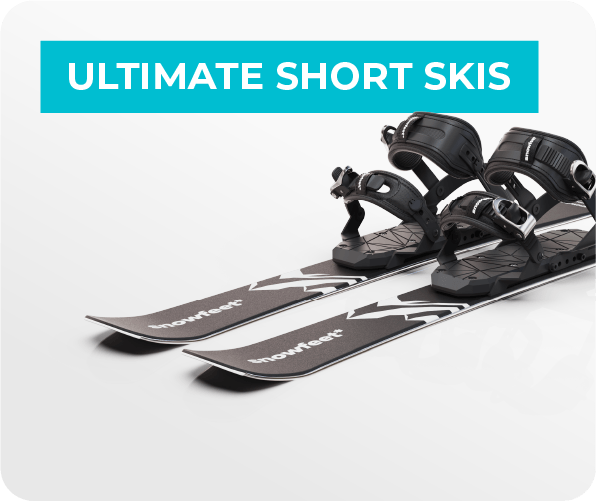
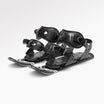
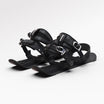
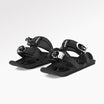
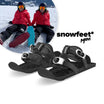
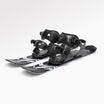
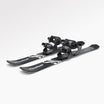
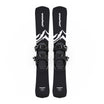
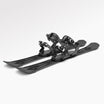
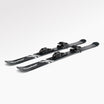
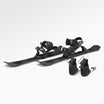
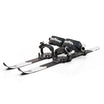
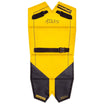
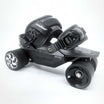
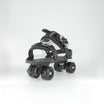
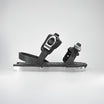
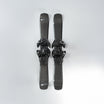
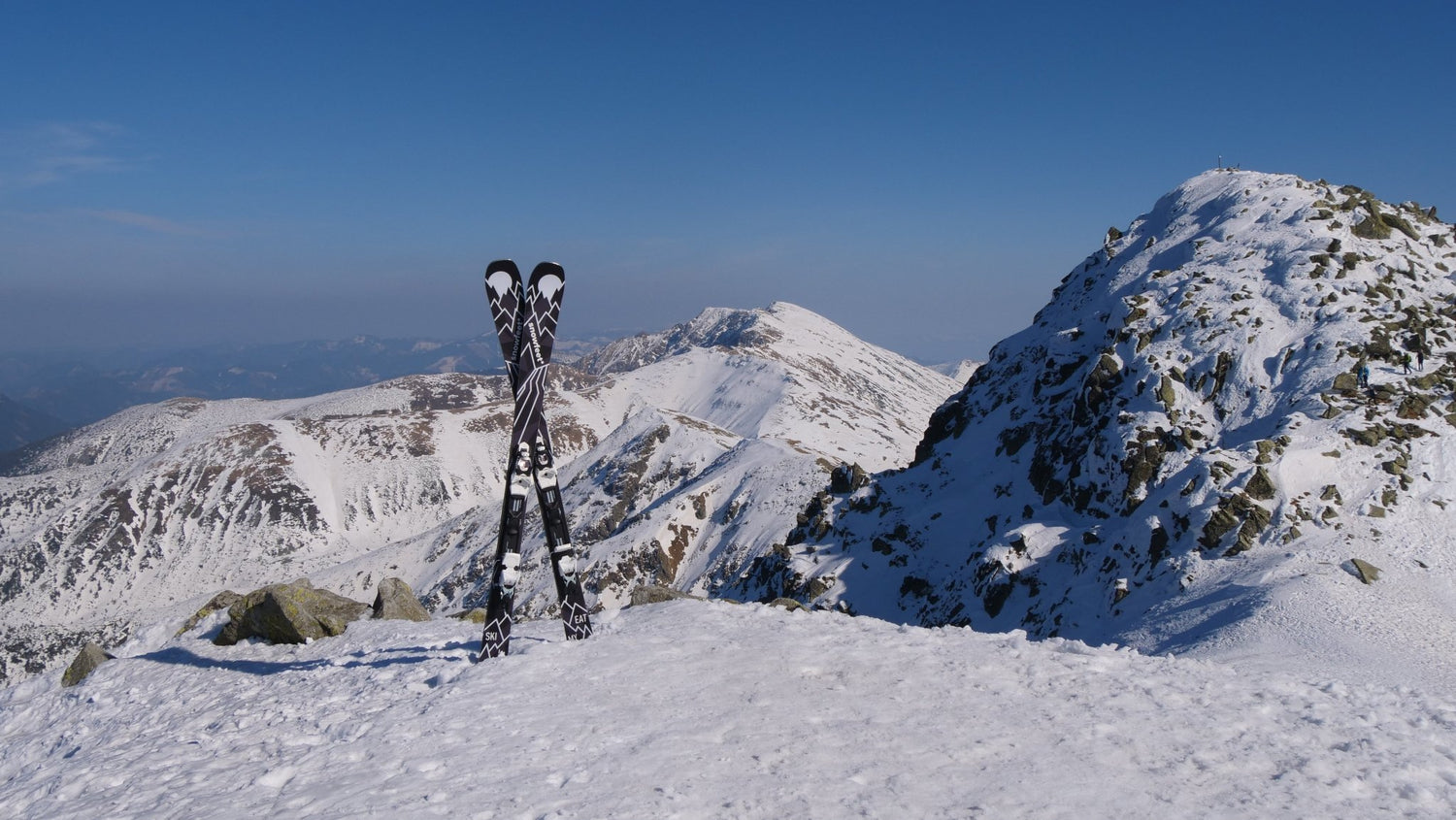


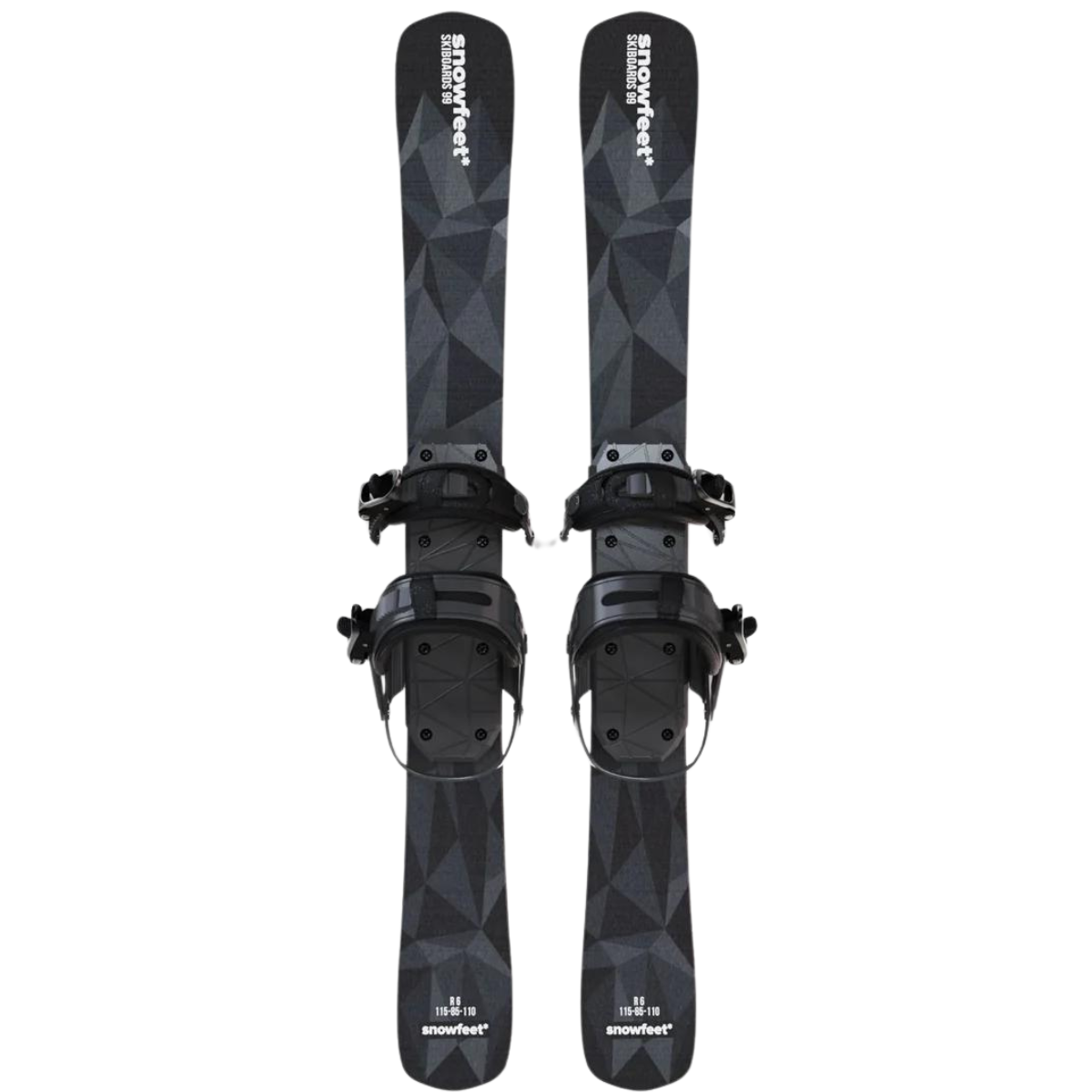




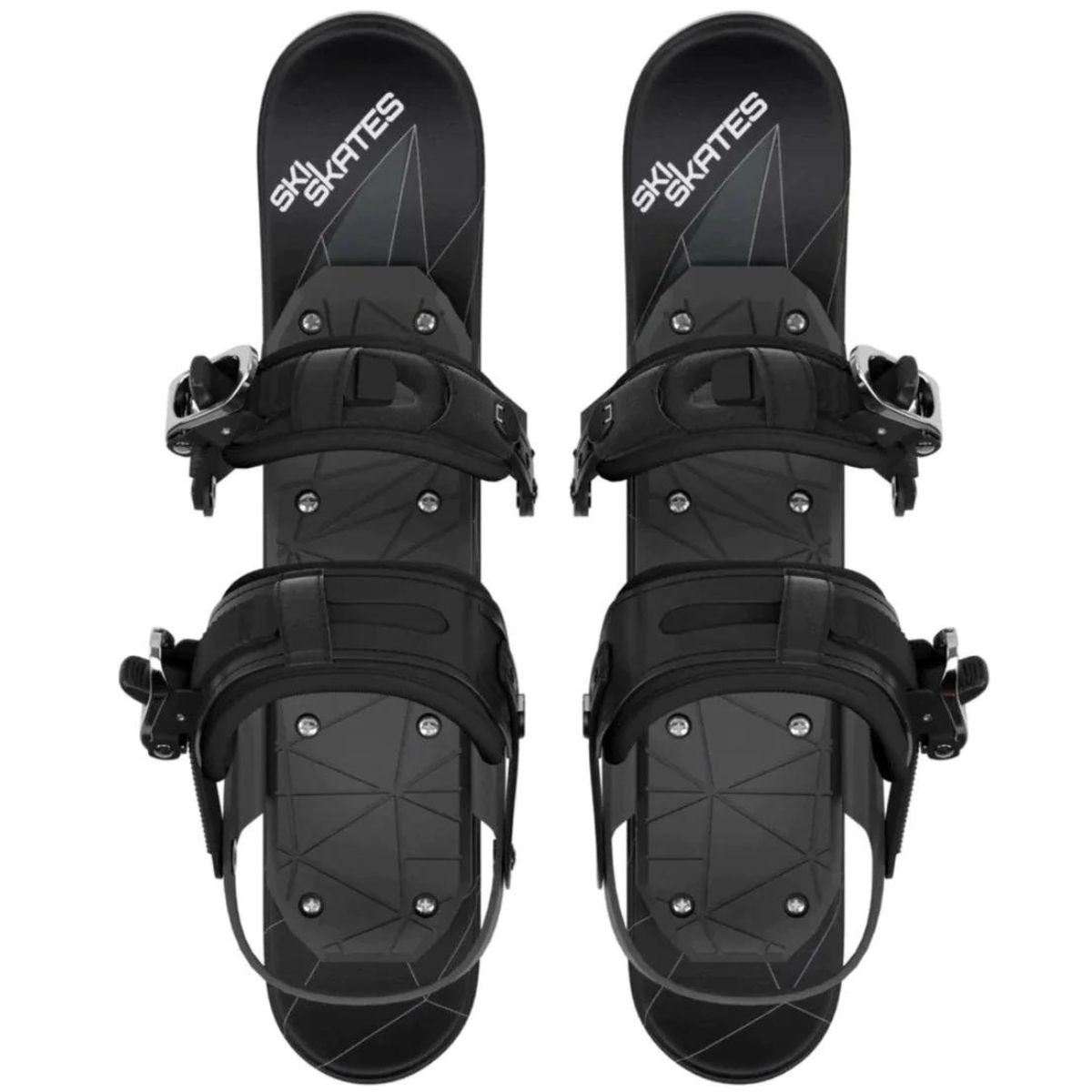
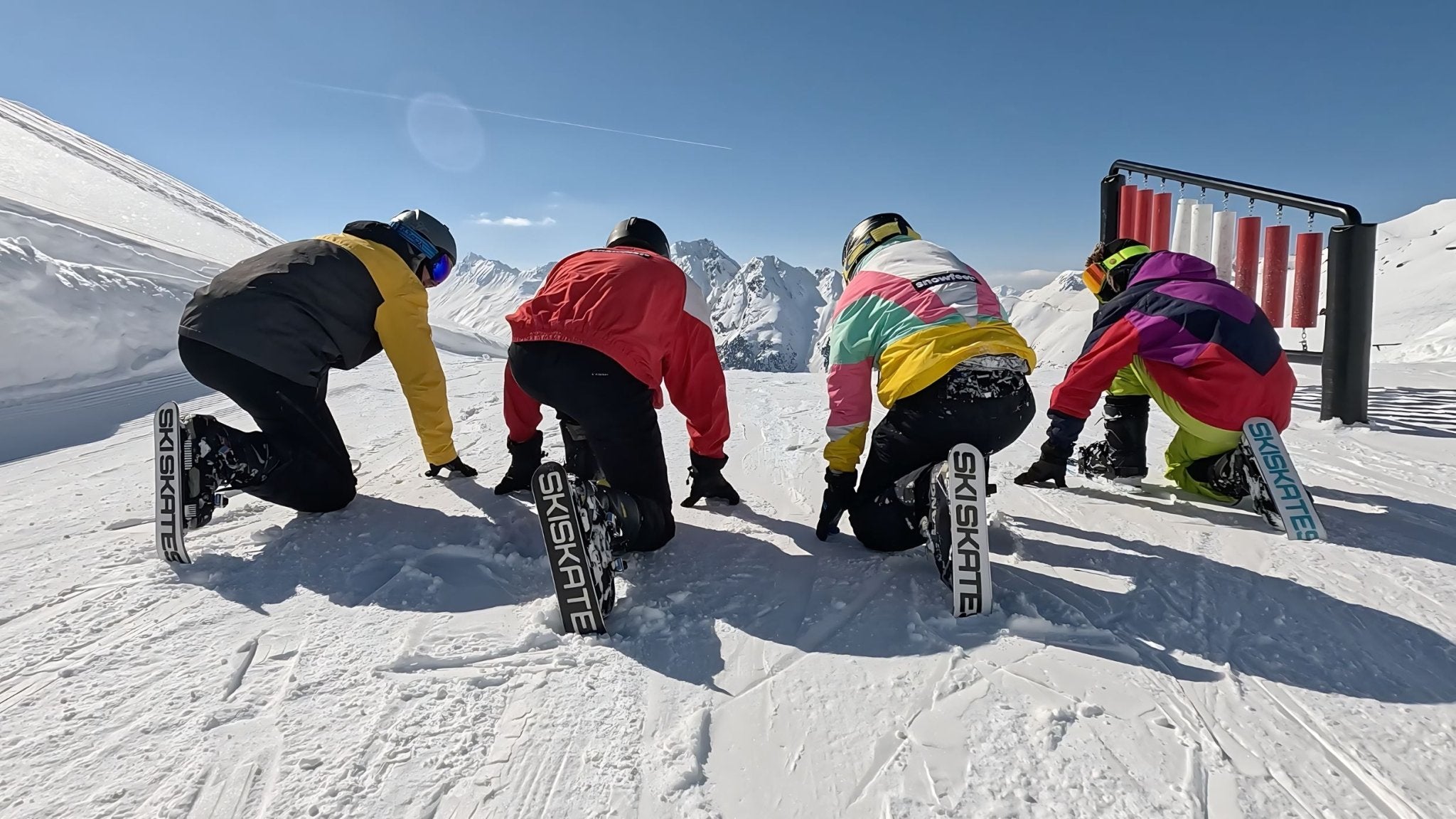
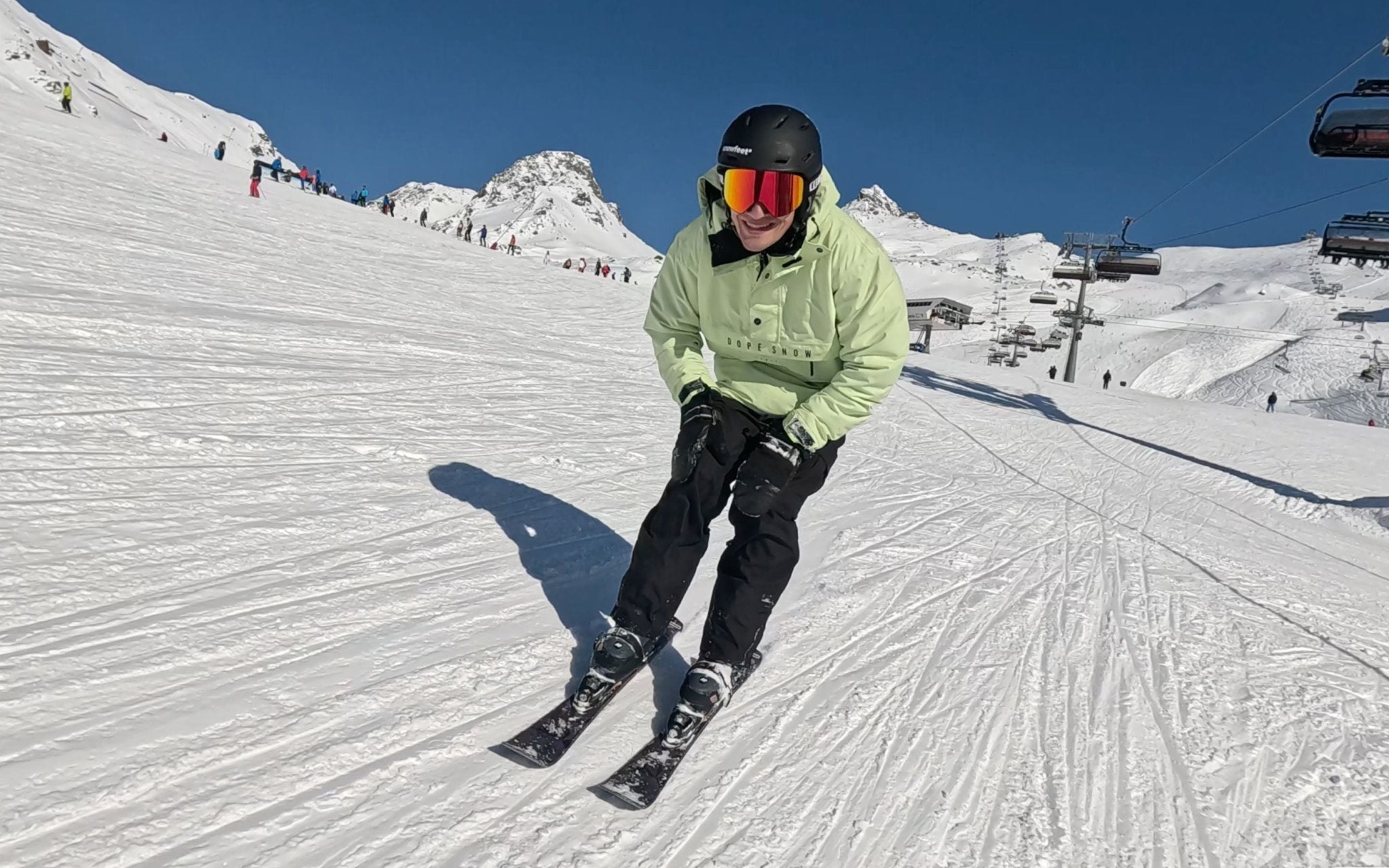
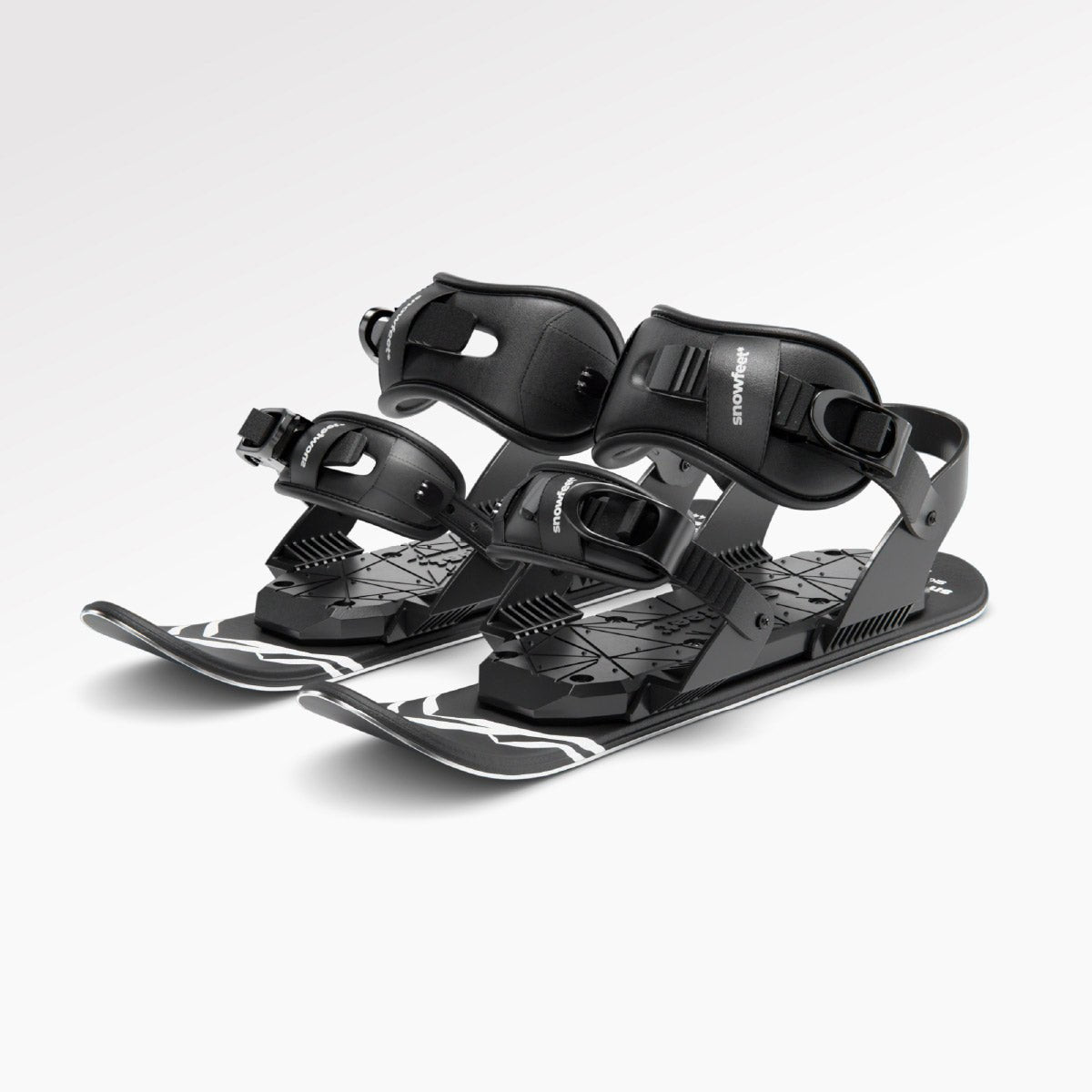
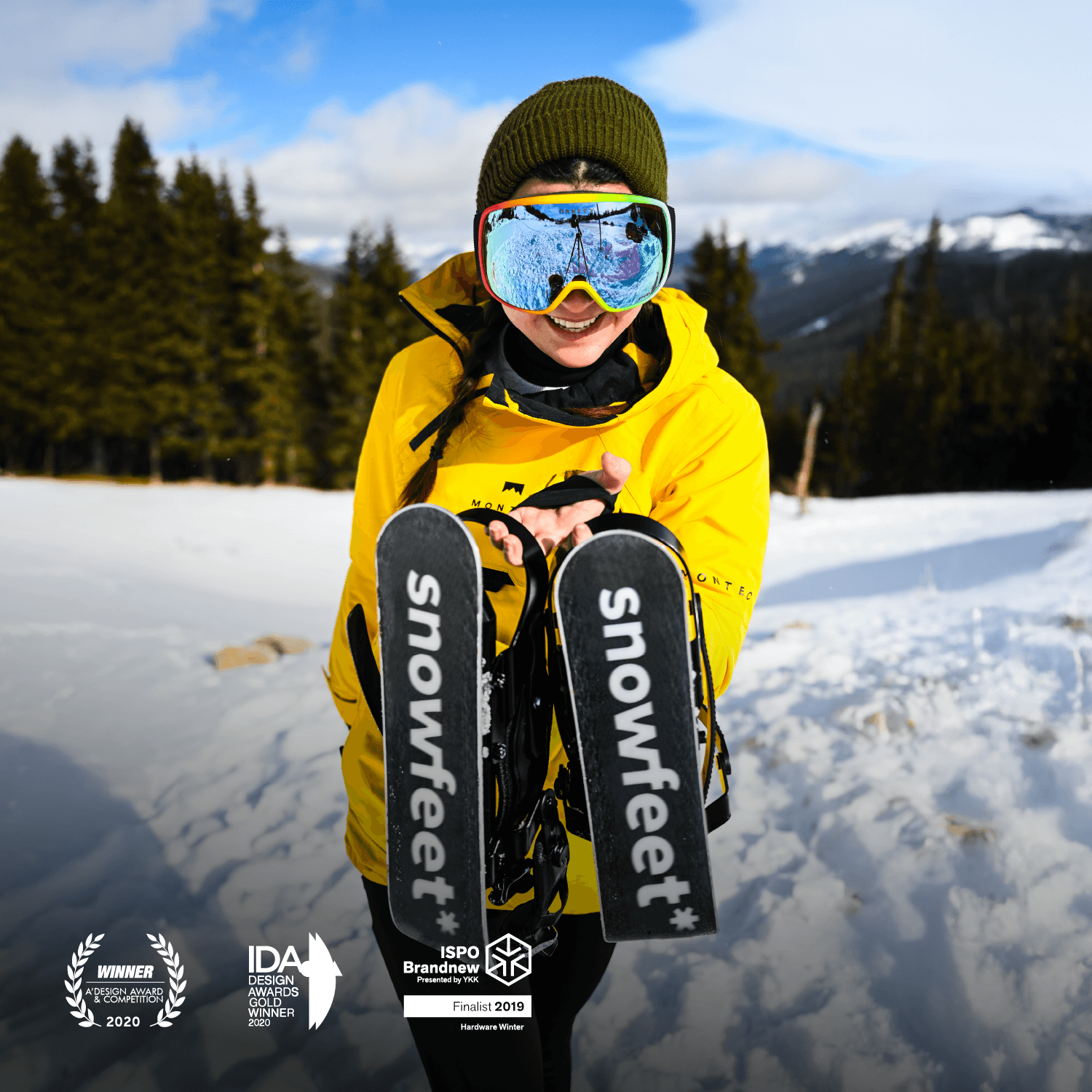
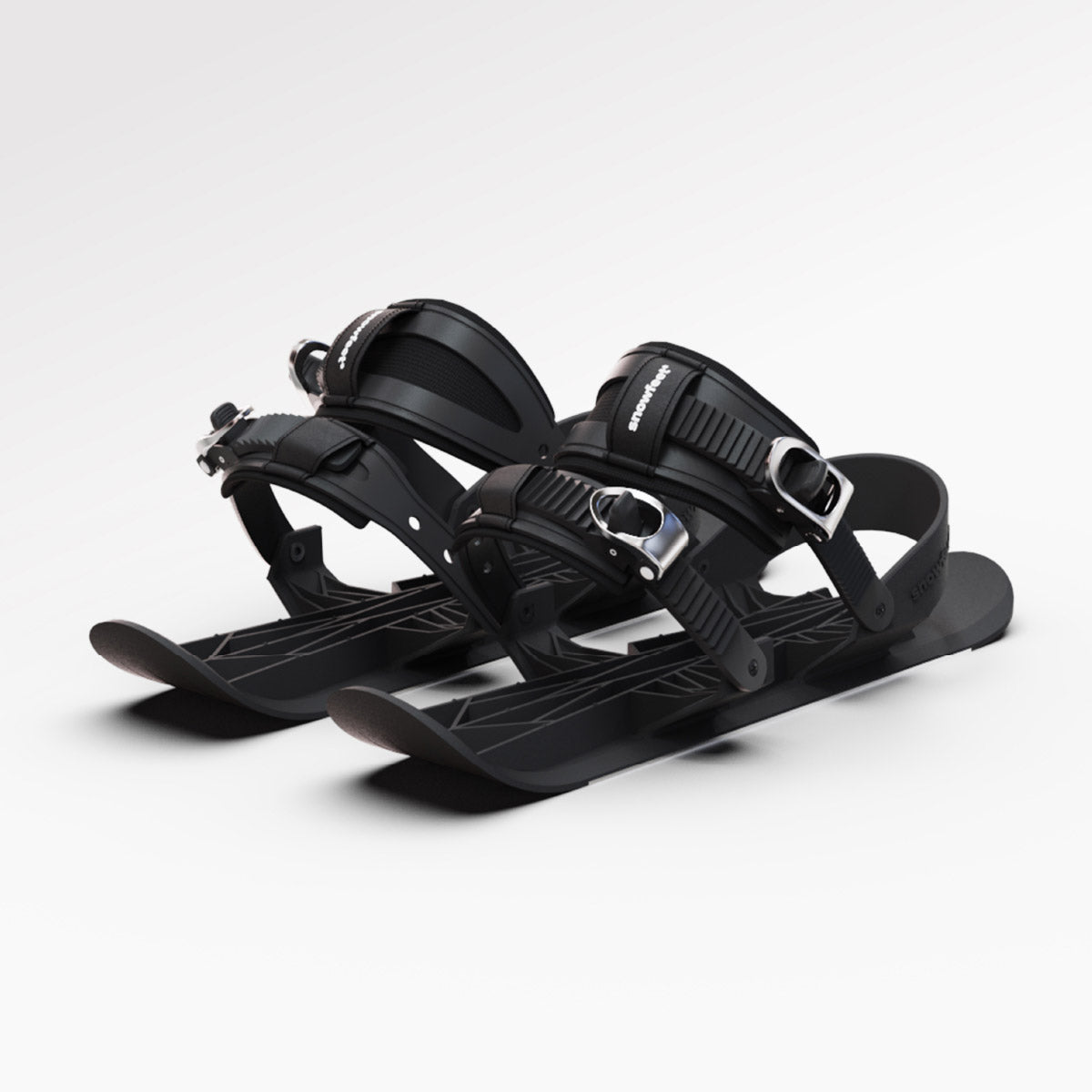
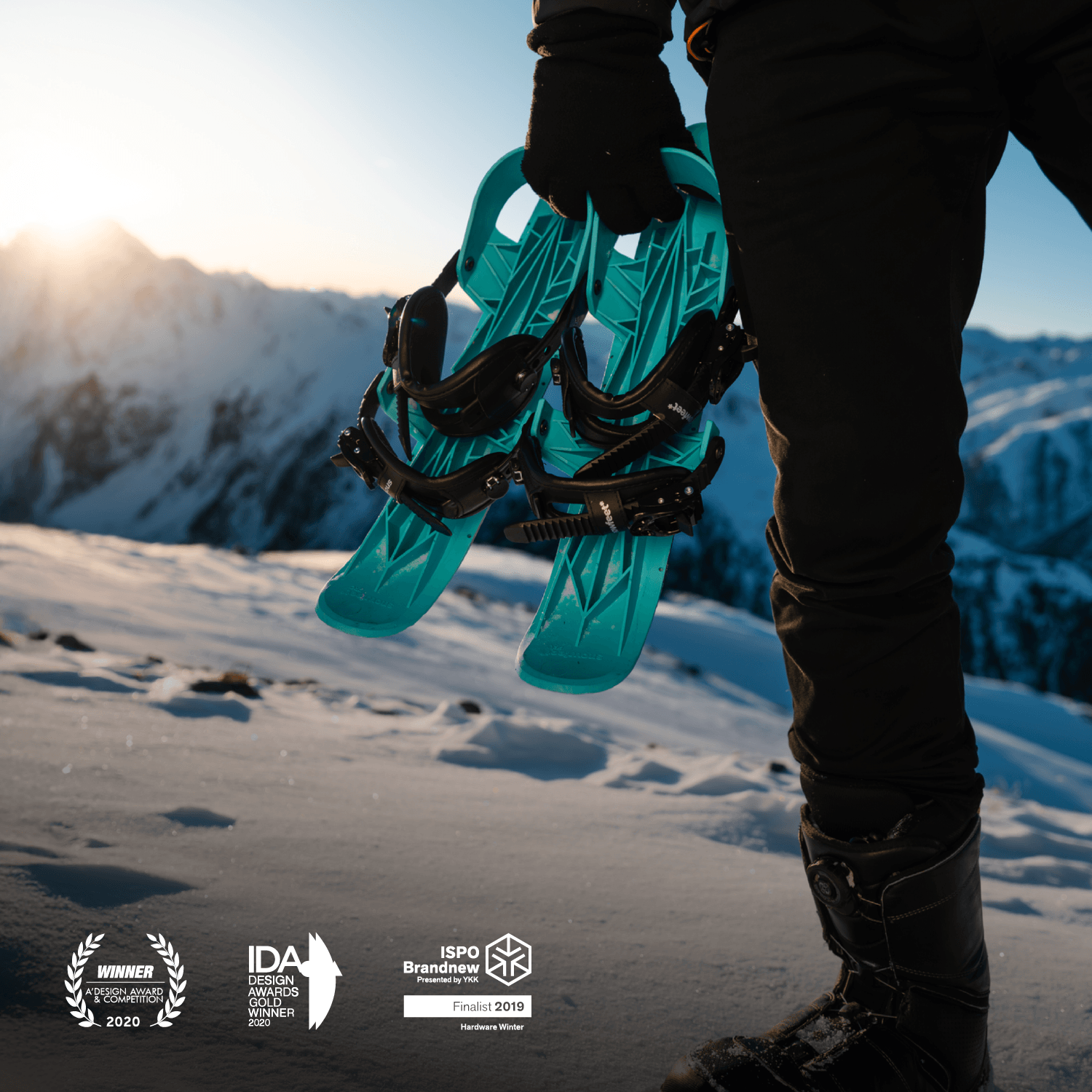
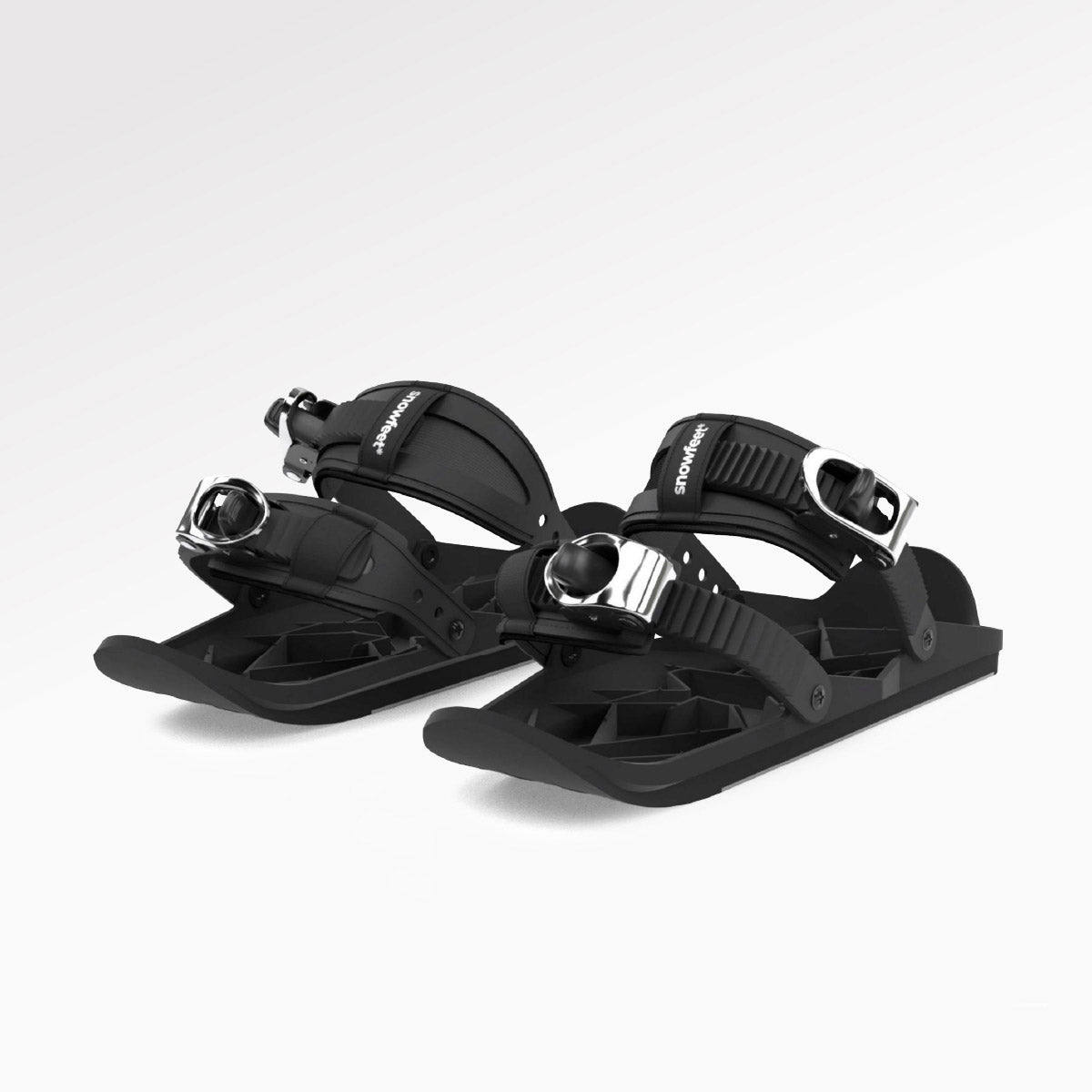
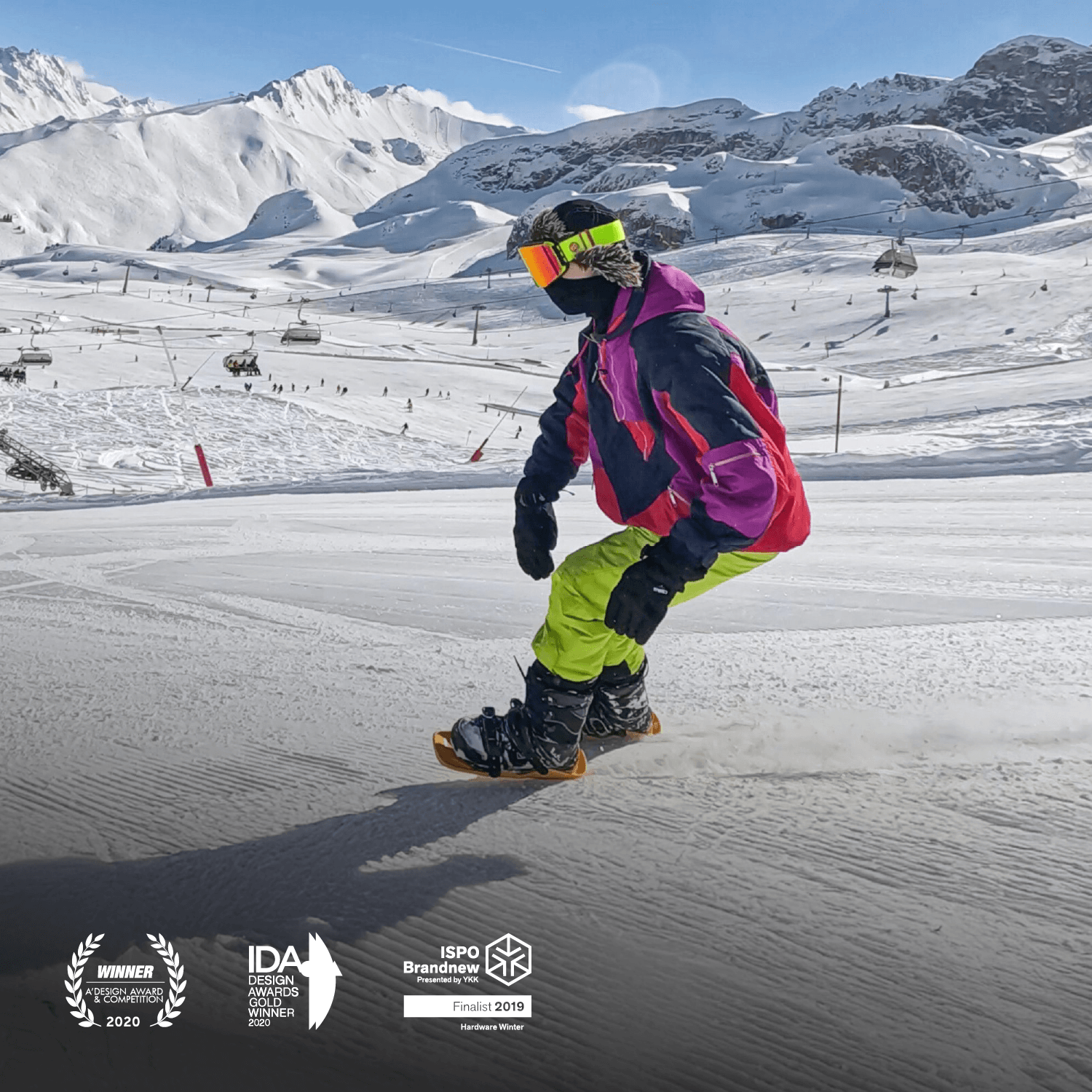
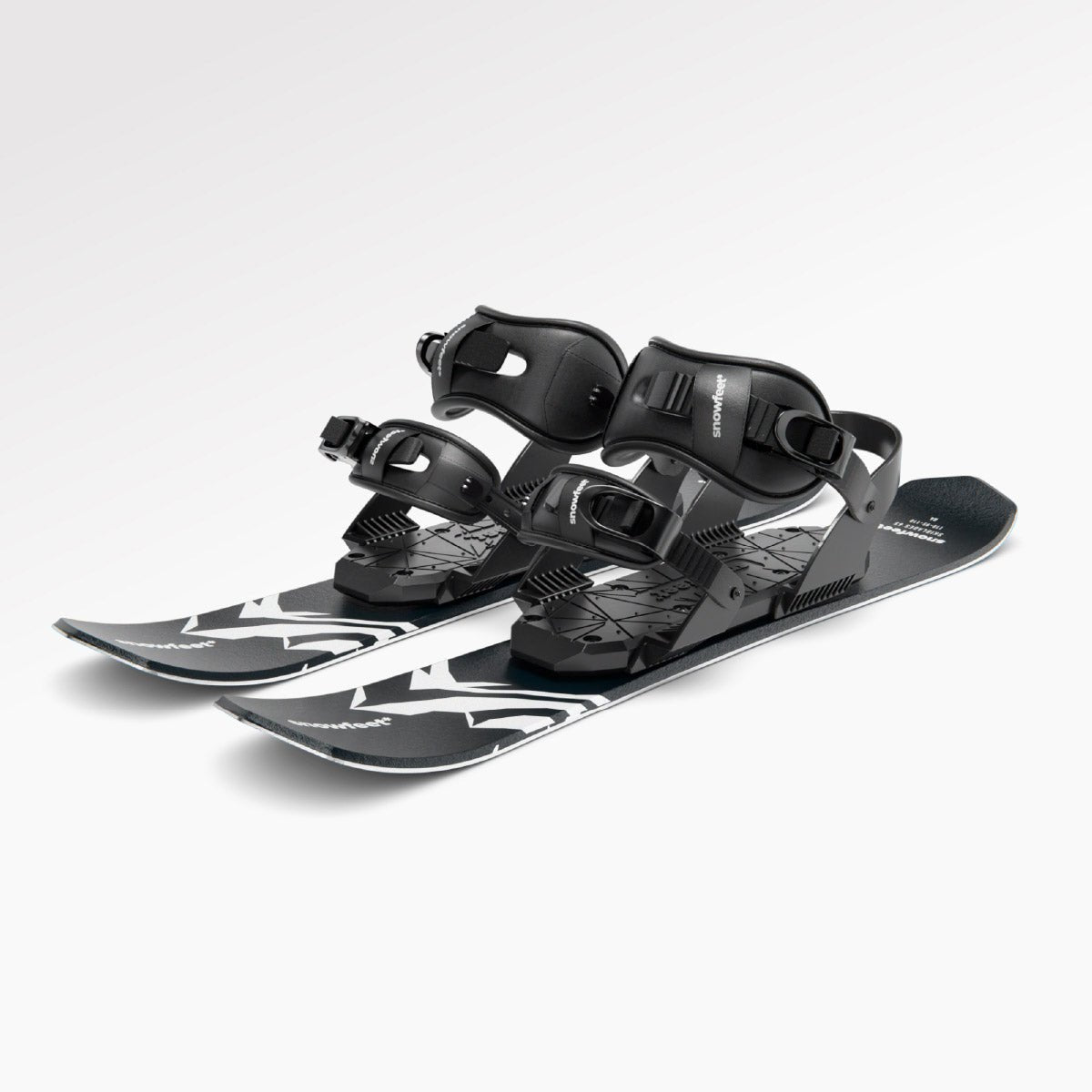
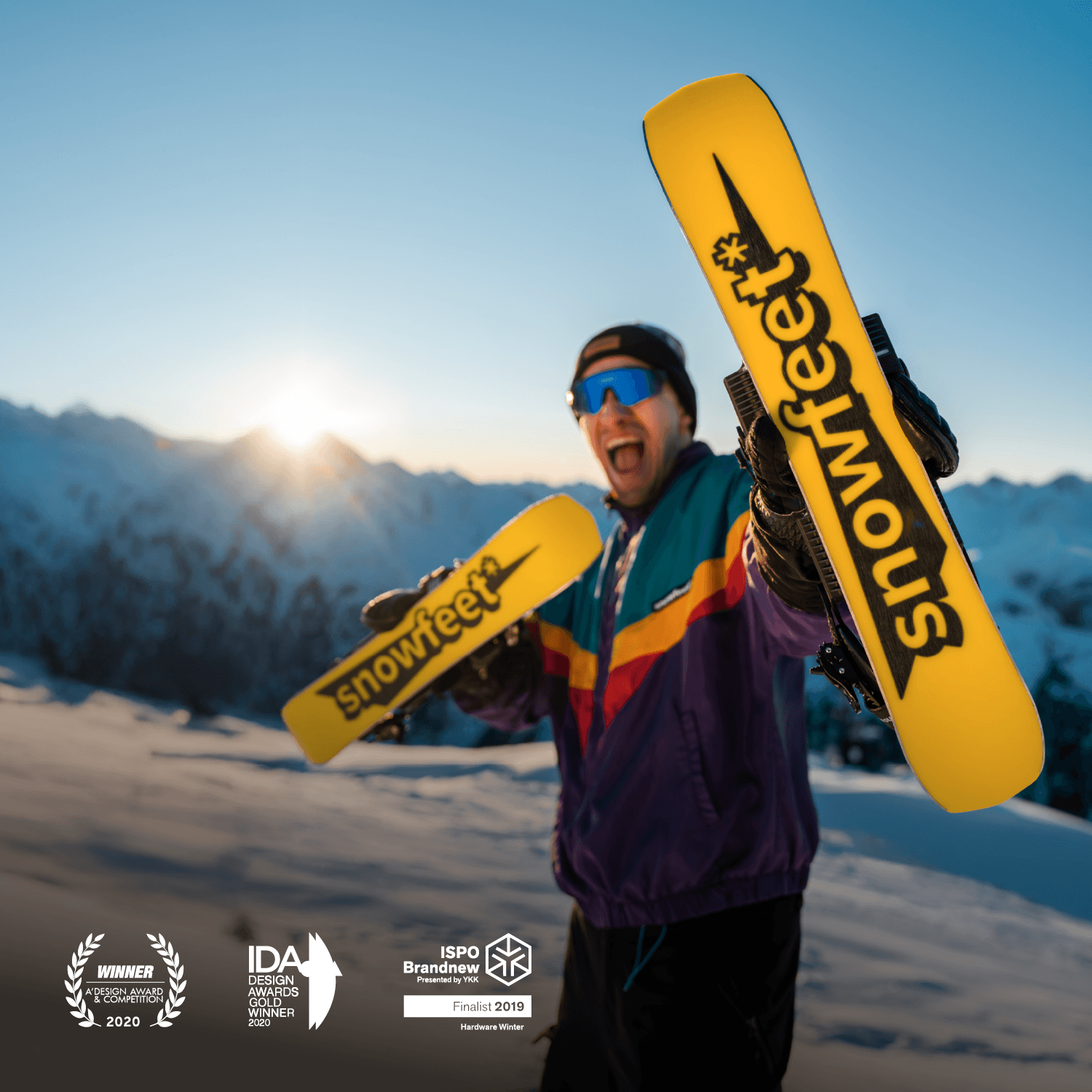
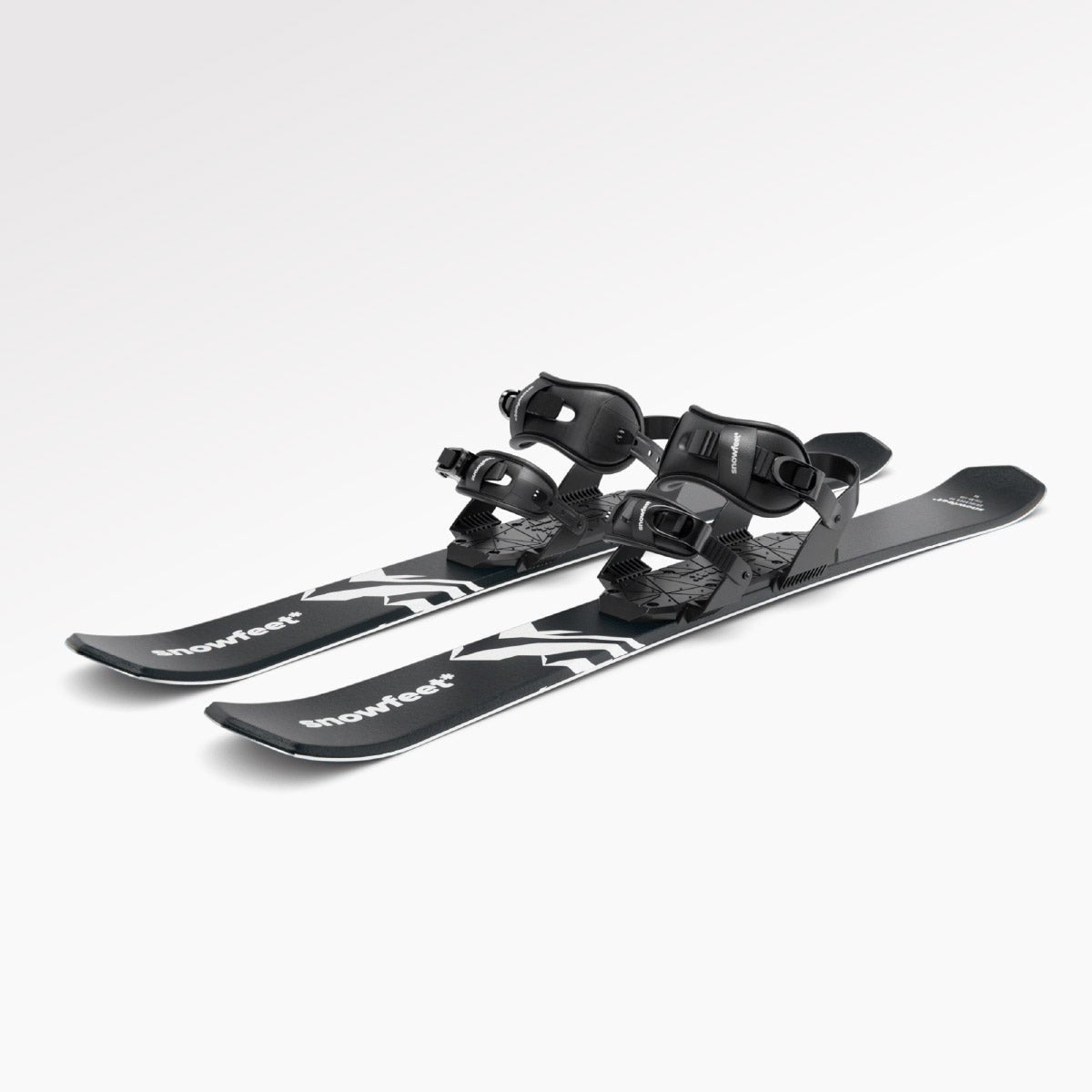
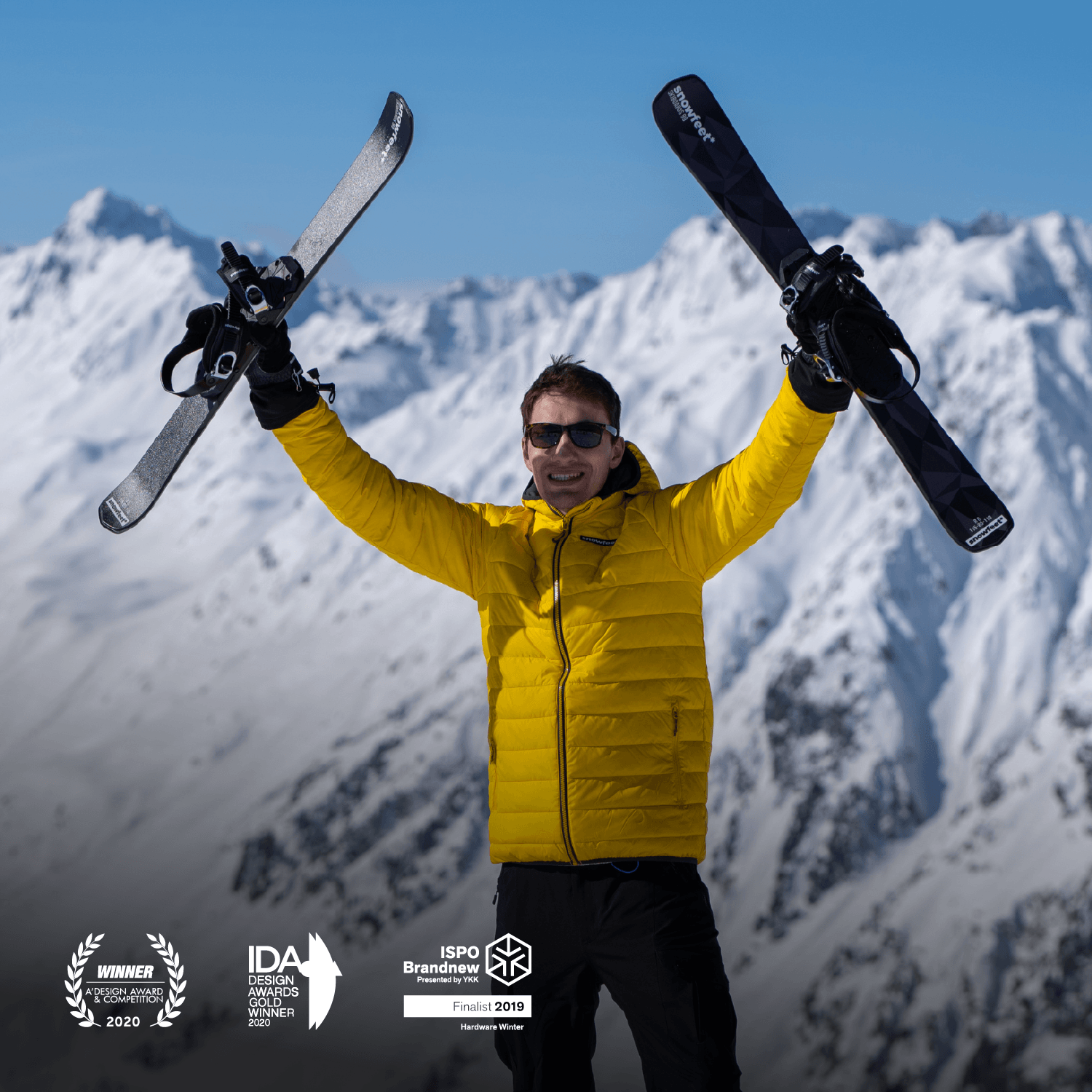
Zanechte komentář
Tento web je chráněn službou hCaptcha a vztahují se na něj Zásady ochrany osobních údajů a Podmínky služby společnosti hCaptcha.